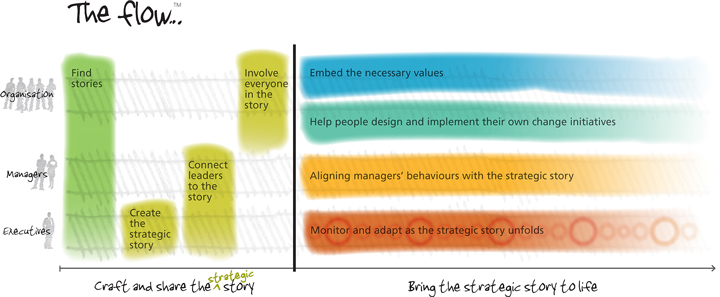 Tamara Carleton, one of our world class speakers at the IPS/Stanford Strategic Execution Conference, offers a free download of her fantastic new Playbook for Strategic Innovation and Foresight here. The Playbook is a free hands-on guide for learning innovation best practices and inculcating them in an organization. It is packed with over 250 pages of step-by-step instructions, diagrams, tips, examples, worksheets, case studies, and more.
Tamara Carleton, one of our world class speakers at the IPS/Stanford Strategic Execution Conference, offers a free download of her fantastic new Playbook for Strategic Innovation and Foresight here. The Playbook is a free hands-on guide for learning innovation best practices and inculcating them in an organization. It is packed with over 250 pages of step-by-step instructions, diagrams, tips, examples, worksheets, case studies, and more.
Thank you Tamara!



